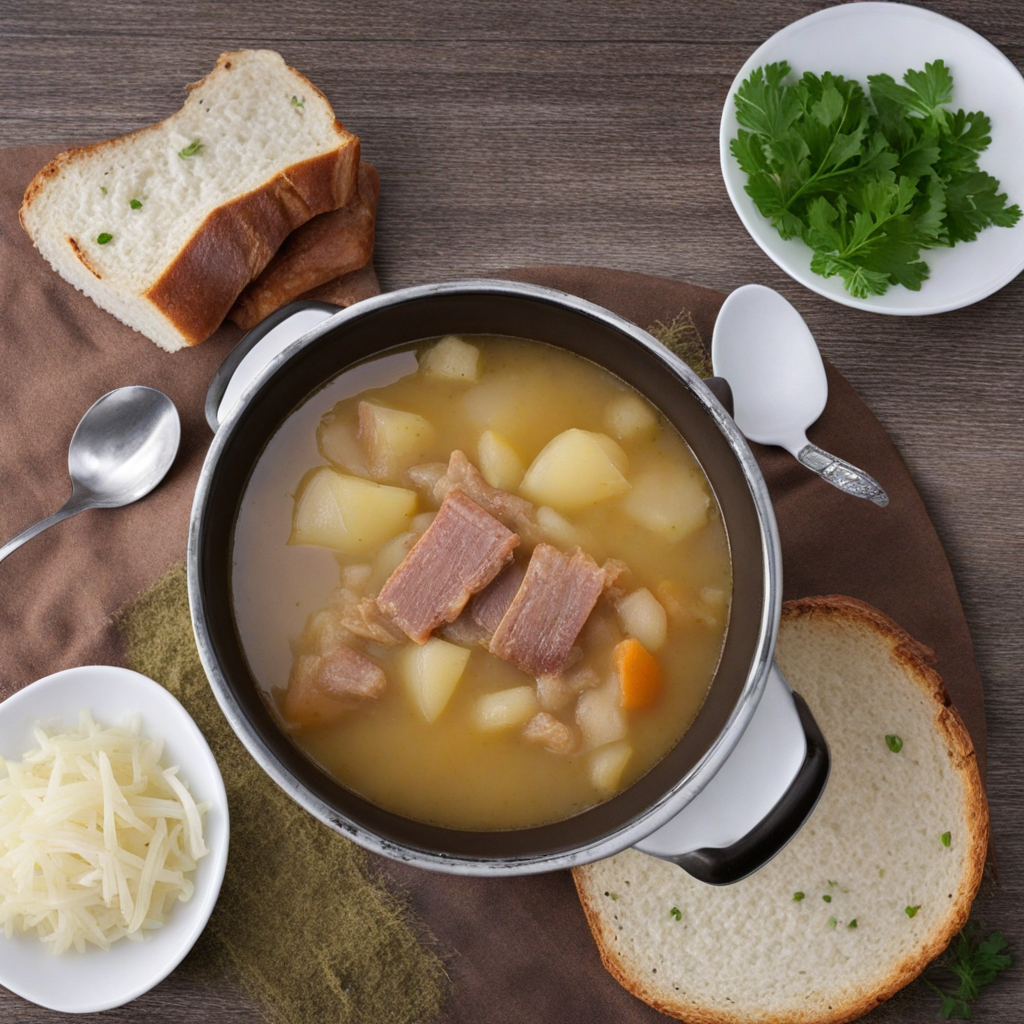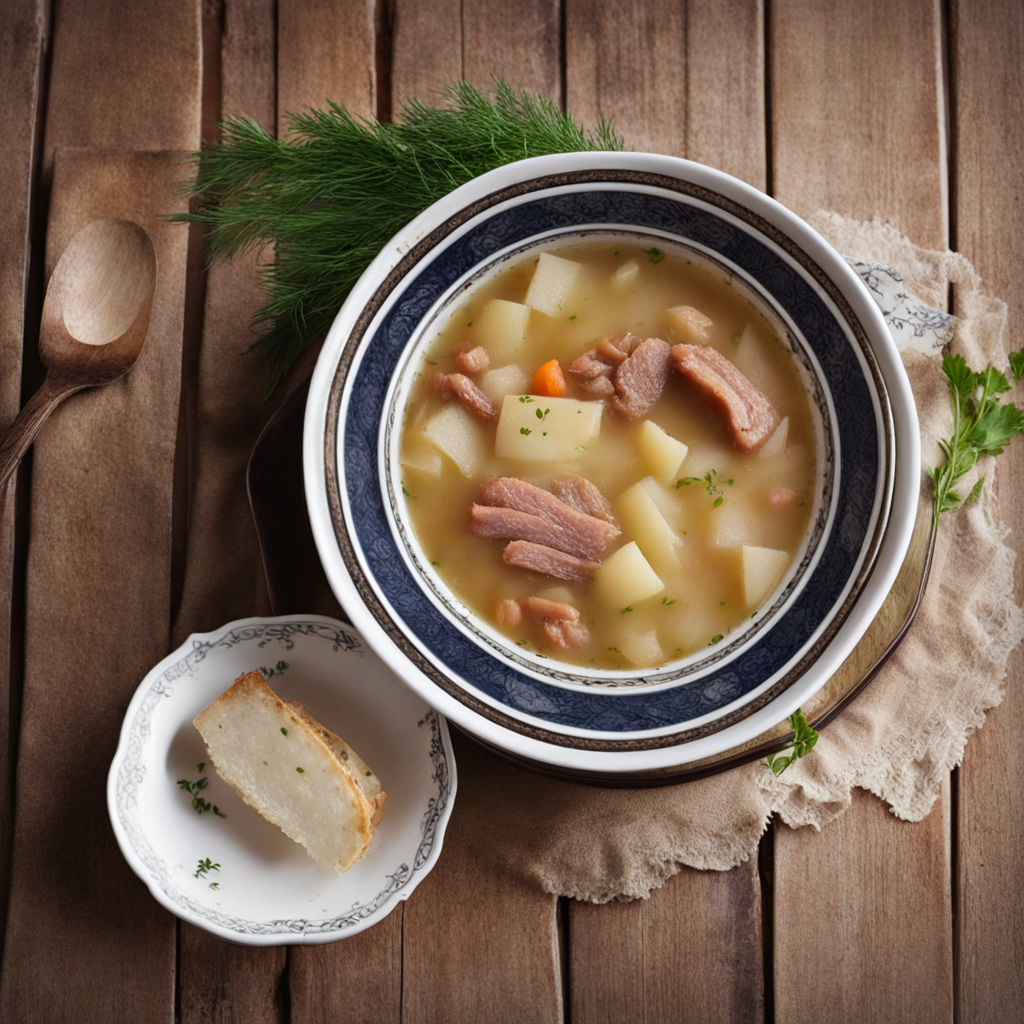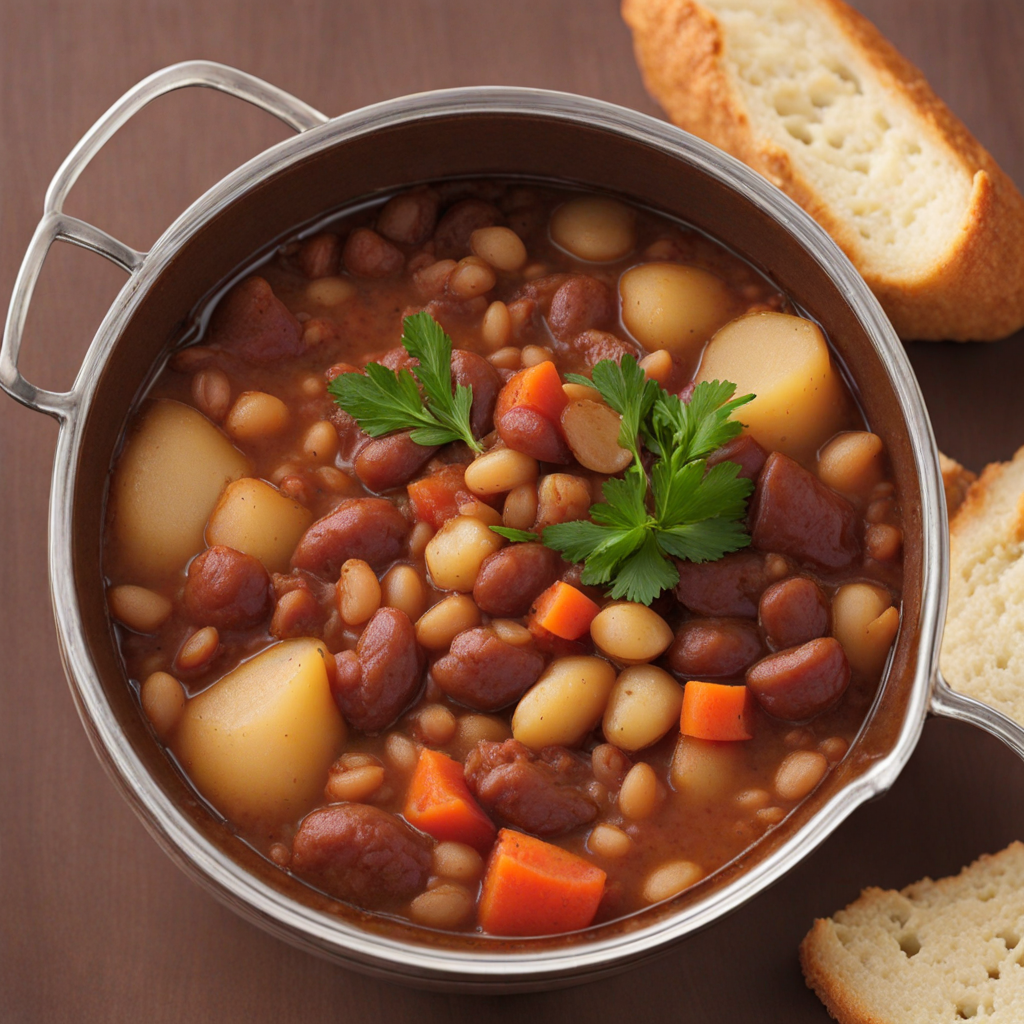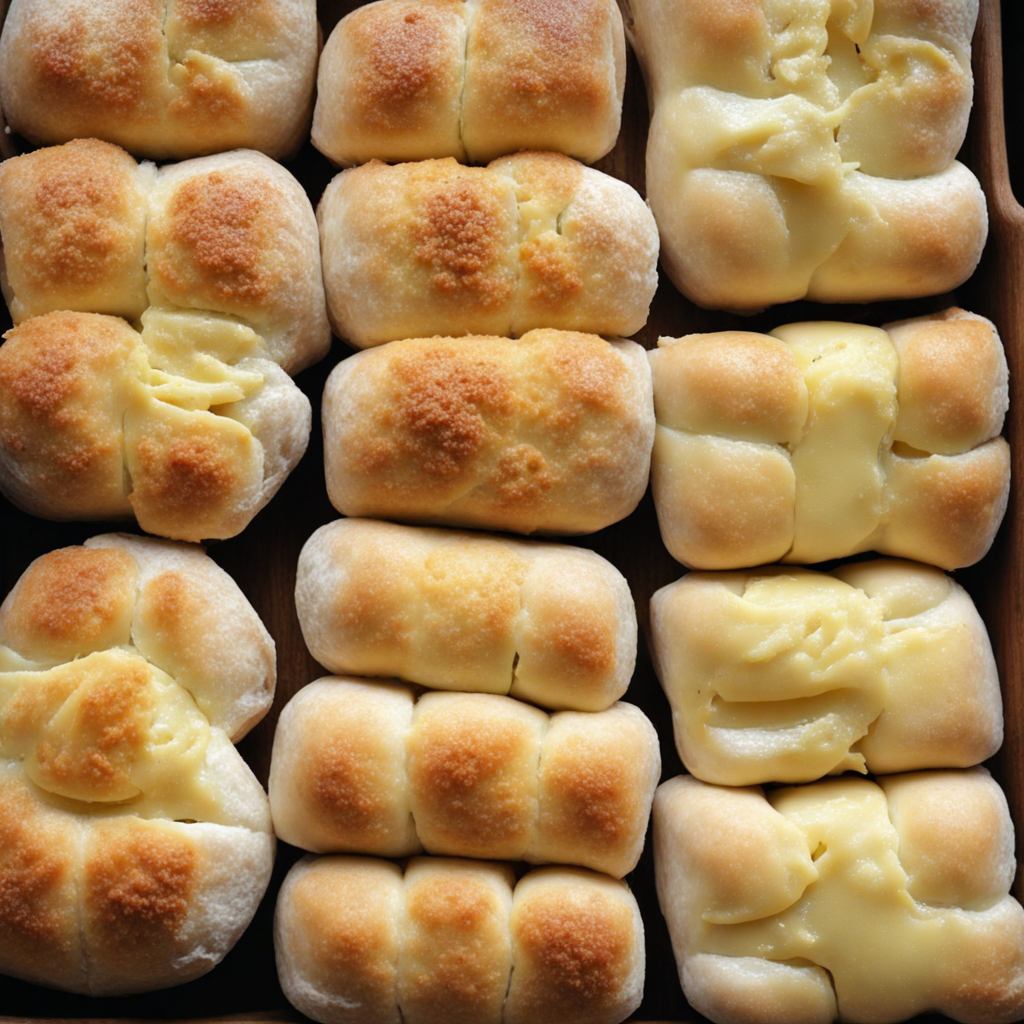Jota
Jota is a traditional Slovenian dish that beautifully encapsulates the heart of Central European comfort food. This hearty stew is primarily made from fermented sauerkraut, which gives it a distinctive tangy flavor that is both refreshing and satisfying. The dish is often enriched with earthy ingredients such as potatoes, beans, and smoked meats, which contribute to its robust and savory profile. The combination of these elements creates a dish that is not only filling but also layered in flavors, making each bite an exploration of culinary tradition. The preparation of Jota can vary from region to region, with some recipes calling for the inclusion of additional vegetables like carrots and onions, while others may emphasize the smoky notes by using different types of cured meats, such as bacon or sausage. The slow-cooking process allows the ingredients to meld together, resulting in a rich, thick stew that is perfect for warming up on chilly days. The sourness of the sauerkraut balances the richness of the meats, creating a harmonious dish that reflects the rustic charm of Slovenian cuisine. Traditionally served with a slice of fresh bread, Jota is not just a meal, but an experience that brings people together around the table. Its origins are deeply rooted in Slovenian culture, often enjoyed during festive occasions or family gatherings. As you savor each spoonful, you'll find yourself immersed in the unique flavors of Slovenia, making Jota a must-try for anyone looking to broaden their culinary horizons and embrace the warmth of this delightful dish.
How It Became This Dish
Jota: A Culinary Journey through Slovenia’s Heart Nestled in the rugged landscapes of Slovenia, where the Julian Alps meet the lush valleys, lies a dish that embodies the spirit of the region: Jota. This hearty stew, traditionally made with sauerkraut, beans, potatoes, and smoked meats, is more than just a meal; it is a reflection of the history, culture, and resilience of the Slovenian people. #### Origins of Jota The origins of Jota are deeply rooted in the agricultural practices and the necessity of sustenance in the harsh climates of the Slovenian countryside. It is believed that Jota was born out of necessity during the 18th century, particularly in the Trentino region, where Slovenian-speaking communities flourished. The dish likely evolved from the need to make use of available ingredients, often tied to the cycles of farming and preservation. The harsh winters meant that fresh produce was scarce, leading to reliance on preserved foods such as sauerkraut, which was fermented to last through the cold months. The name "Jota" itself has intriguing etymological roots. Some say it derives from the German word "Jotte," which refers to a type of soup or stew. Others connect it to the Slovene word "jota," meaning "a portion" or "a serving," emphasizing its role as a communal dish meant to feed families or groups during communal gatherings. #### Cultural Significance Jota is more than a simple dish; it is a cultural artifact that reflects Slovenian identity. The preparation and consumption of Jota often bring families and communities together, reinforcing social bonds. Traditionally, it is served during festive occasions, particularly in the autumn and winter months when hearty meals are most appreciated. In many households, Jota is prepared for family gatherings, celebrations, and even holidays, marking it as a symbol of togetherness and heritage. In Slovenia, food is often intertwined with folklore and tradition. Jota is frequently featured in local festivals, where it is showcased alongside other traditional dishes, allowing for a celebration of regional culinary heritage. The dish is particularly prominent in the Primorska region, where the influence of neighboring cultures, such as Italian and Austrian, has contributed to its diversity. Here, variations of Jota might include local ingredients, reflecting the rich agricultural bounty of the area. #### Ingredients and Variations At its core, Jota consists of four primary ingredients: sauerkraut, beans, potatoes, and smoked meat. Each component plays a crucial role in the dish's flavor profile and nutritional value. Sauerkraut provides a tangy, acidic base, while beans add protein and heartiness. Potatoes absorb the flavors of the stew, creating a comforting texture, and smoked meats, often pork or sausage, impart a rich, savory depth. While the traditional recipe remains beloved, Jota has seen various interpretations across Slovenia, often influenced by local tastes and available ingredients. In some regions, for example, the addition of barley or the omission of meat caters to vegetarian diets, while others may include a splash of vinegar or spices to enhance the flavor. Each family may have its own secret ingredient or technique, passed down through generations, making Jota a dish that celebrates personal history as much as cultural heritage. #### Development Over Time As Slovenia's culinary landscape has evolved, so too has Jota. In the 20th century, with Slovenia's turbulent history—including both World Wars and the subsequent Yugoslav era—the dish became a symbol of resilience. It was a comfort food during times of strife, nourishing both body and spirit. The simplicity of Jota made it accessible, ensuring that families could prepare it even in the most challenging times. In recent decades, as Slovenia has embraced its independence and sought to establish a distinct national identity, traditional dishes like Jota have gained renewed interest. Chefs and home cooks alike have begun to experiment with the dish, incorporating modern culinary techniques and innovative ingredients while still respecting its historical roots. This has led to a renaissance of traditional Slovenian cuisine, with Jota standing out as a beloved classic that connects the past to the present. Today, Jota is celebrated not only in homes but also in restaurants across Slovenia. Culinary festivals showcase this hearty stew, often served alongside local wines and artisanal breads, inviting locals and tourists alike to experience the flavors of Slovenian heritage. In the age of globalization, Jota serves as a reminder of the importance of local traditions, encouraging a deeper appreciation for the land and its bounty. #### Conclusion: A Flavorful Legacy Jota, with its rich tapestry of flavors and history, is much more than a dish; it is a testament to the Slovenian way of life. It embodies the resilience of a people who have thrived in the face of adversity, the importance of community and family, and the deep connections to the land and its seasonal rhythms. As Slovenia continues to emerge on the culinary stage, Jota remains a steadfast symbol of its heritage—rooted in tradition yet adaptable to modern tastes. In savoring a bowl of Jota, one can trace the footsteps of history, experiencing the essence of a culture that has weathered storms and celebrated triumphs. It serves as a delicious reminder of the past while also inviting future generations to carry on the legacy of this cherished Slovenian stew. Whether enjoyed on a chilly winter evening or at a lively family gathering, Jota is a dish that nourishes not only the body but also the soul, resonating with the warmth of Slovenian hospitality.
You may like
Discover local flavors from Slovenia







